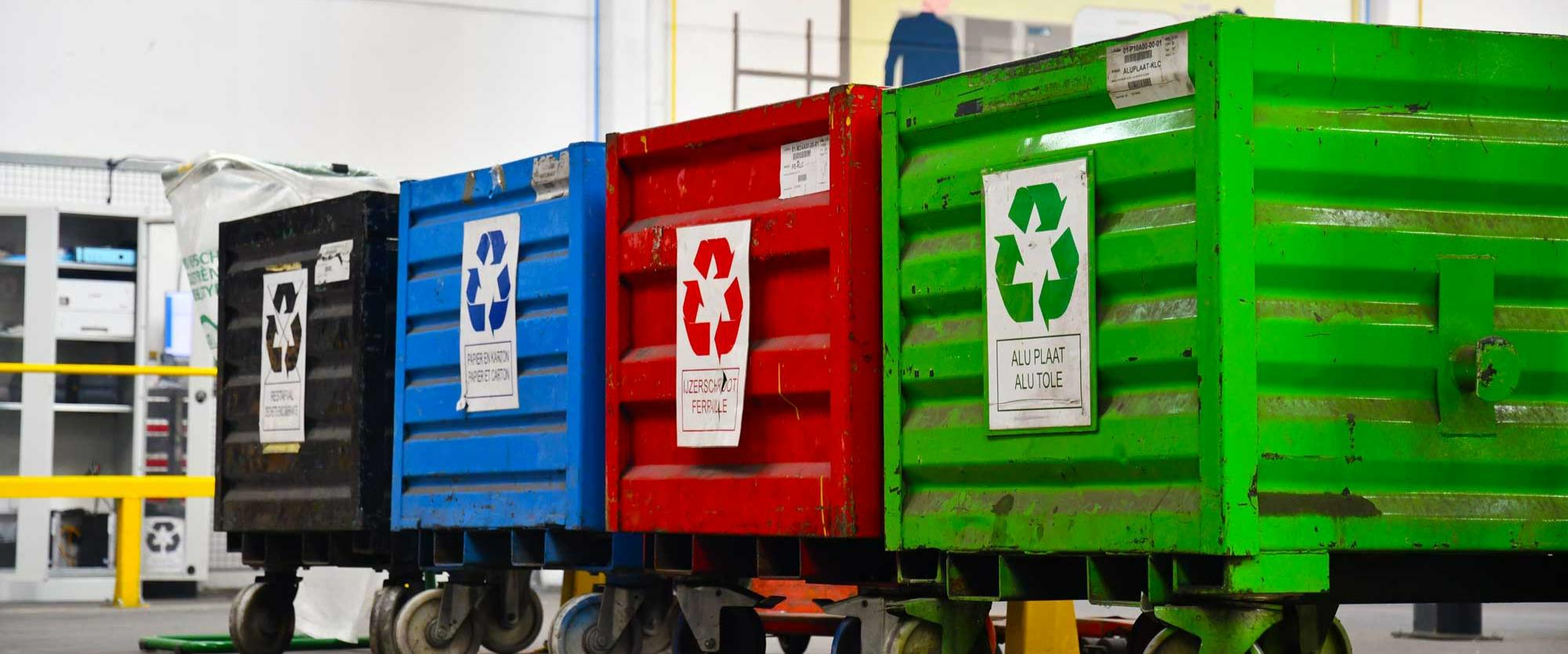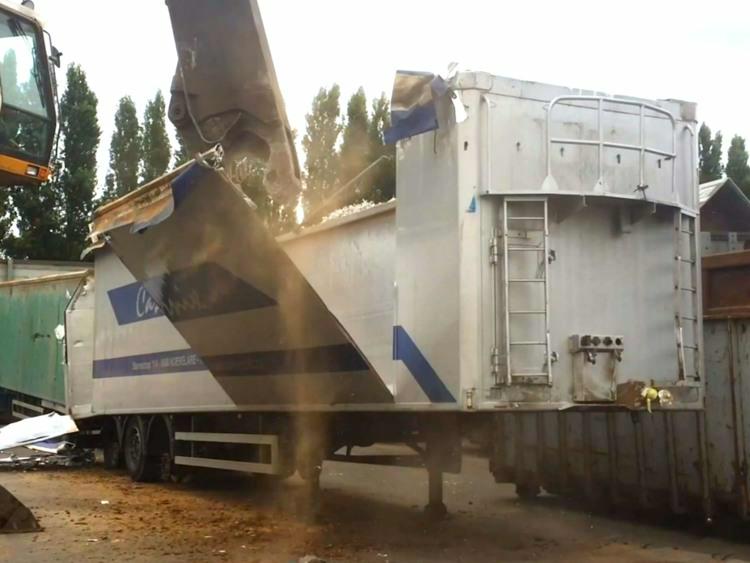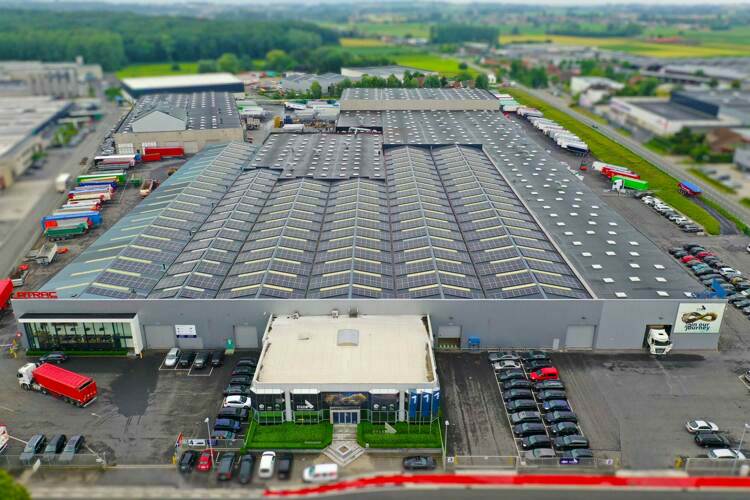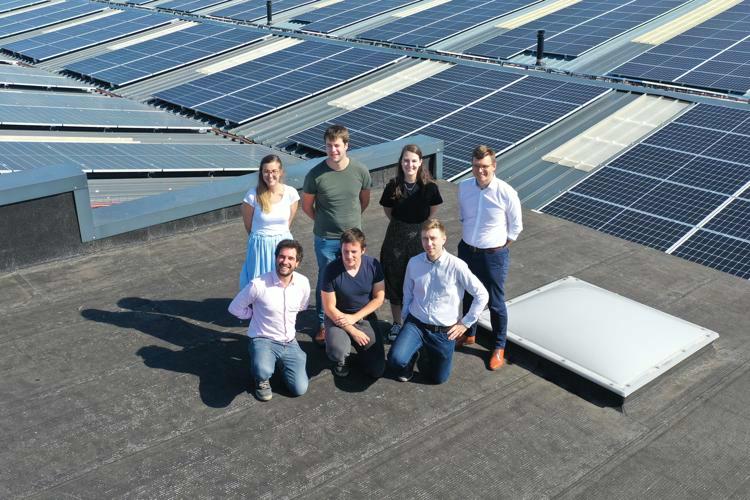Waste management at STAS

To reinforce our responsibility towards our planet, we have set up numerous initiatives to reduce the ecological footprint of STAS. Within this setup, it was obvious for us to look at waste management as one of the first projects to see where we could optimise and ideally reduce the amount of waste.
First of all, we made an inventory of all possible waste flows in our factories in Waregem (Flanders) and Doornik (Wallonia). It’s important for us to look at this from a local perspective, since each region has its own legislation on how waste should be separated and processed. Once everything was mapped out, we started conversations with our partners in waste processing. As they are very familiar with the current legislation, they can perfectly indicate which legislation is applicable to STAS and how we can best respond to this.
First, we started working on the current waste flows. Once these were in place, we also tackled new waste flows. Based on this, we made new agreements with the waste processors about waste collection.
What optimisations did STAS make
Initially, we looked at our current system of colour codes for the various waste streams and quickly realised that we needed to expand it. All bins were given a colour according to the type of waste that may be deposited there. This way, it is clear to all STAS colleagues what belongs where. In the offices, a more limited system was developed. There, only bins with 3 compartments for PMD, paper/cardboard and residual waste were provided at strategic places. There are no individual waste bins anymore.
The waste flows for batteries and toners were also inspected. A container was already provided for empty batteries, and this was communicated internally once more. When a toner is almost empty, the printer automatically gives a signal. When the new toner is delivered, the team leader or the person responsible brings the empty toner to the collection point and picks up the new toner. The collection of empty toners is picked up at regular intervals by our waste processing companies to reuse them as much as possible.
Reducing waste
A secondary aim is to reduce the amount of waste. We saw potential in one of the waste flows where oil is cleaned up with rags or absorption granules. However, these are not allowed in the residual waste containers and form a hazardous waste flow. Together with a specialist in cleaning cloths, we started looking for worthy alternatives.
- Cleaning rags
The rags have been replaced by washable cloths. The rags are cleaned after use at a specialised partner. This prevents an extra dangerous waste flow. Another advantage for us: the alternative proved to be slightly more cost-effective, and tests showed that these washable rags were also of better quality.
- Absorption mats
Where we used to use absorption granules to clean up small liquid spills, we now opt for absorption mats. The granules were spread across the floor, but when someone walks by, the granules quickly spread in all directions and the floor becomes even dirtier. The absorption mats appeared to be a cleaner solution and can easily be cleaned and reused.
Standardisation and automation
Once all the optimisations were made, we shifted our focus to standardising and automating the processes. It is important for us to keep these processes as simple and accessible as possible. This way, new colleagues can quickly get started. That is why we wrote clear instructions and made sure the right bins are in the right place.

Impact
After all this, it was time for internal communication. We got everyone on the same page internally and were able to sufficiently emphasise the importance of this project. The team leaders were involved in the project and afterwards explained to their team how the various waste streams work. Marcel, a process engineer from Squadron, also organised a Lunch & Learn session at STAS during which he explained the project.
In these communications, it was of vital importance for us to emphasise the possible impact we can have when we put our best foot forward together. Analysing and optimising waste streams may not be the sexiest topic, but our commitment to reducing the impact on our planet has never been greater. We strongly believe in using resources to correctly separate and process waste and have worked with various partners to do this in the most cost-efficient way. We hope this will inspire other companies to do the same so that together we can recycle better and lessen the impact on our planet.





